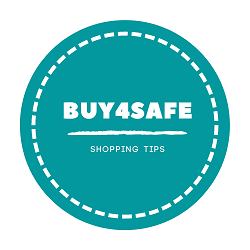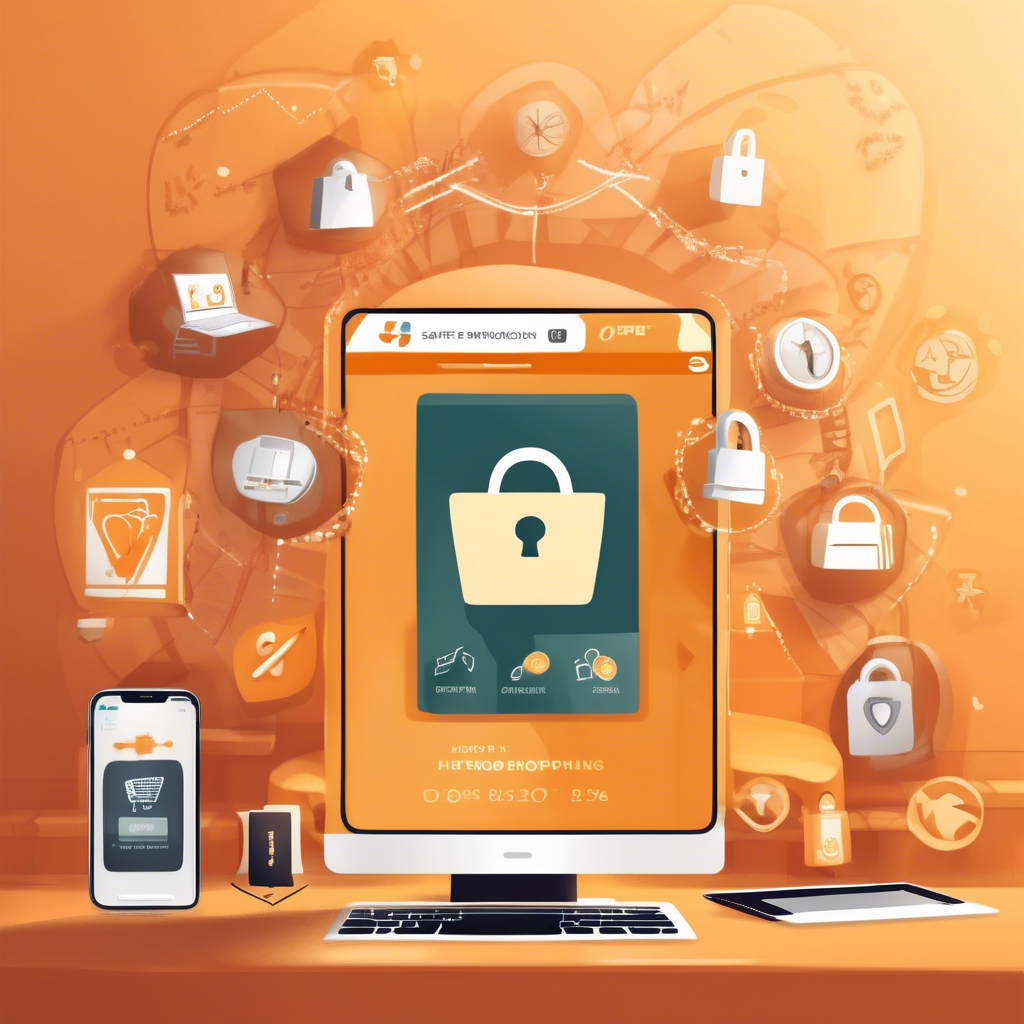10 Tips to Safely Shop Online Without Getting Scammed
So, you love shopping online, huh? Who doesn’t? It’s like having a world of products at your fingertips, no need to fight crowds or deal with annoying parking. But, let’s be real—while it’s convenient, it also comes with risks, especially when it comes to scams. I mean, have you ever seen a deal that’s “too good to be true”? Yikes! With some simple strategies, you can feel more secure while clicking away from your couch. Let’s dive into some practical tips that’ll keep you safe while you shop.
1. Stick to Trusted Retailers
First things first: if you’re going to buy from an online shop, make sure it’s a name you know—or at least one that has a good reputation. Think of it like picking a restaurant. Would you eat at a place you’ve never heard of if it had no reviews? Probably not! Take a minute to check reviews for any site that’s new to you. That little effort can save you a headache later.
2. Look for Secure Payment Signs
When you’re checking out, keep your eyes peeled for secure payment icons. You know, the little padlock symbol you see in the address bar? And definitely look for “https://” at the beginning of the URL. The “s” stands for secure, which means your data is encrypted and safer to use.
3. Pick Credit Over Debit
Whenever possible, use a credit card instead of a debit card. Why? Well, credit cards usually offer better protection against fraud, and since they aren’t directly tied to your bank account, they can help keep your hard-earned cash safer. Plus, if something does happen, it’s generally easier to dispute a charge with a credit card.
4. Skip Public Wi-Fi
Let’s talk about that coffee shop Wi-Fi. It’s convenient, but it could be a hacker’s dream come true. If you can, avoid making purchases over public Wi-Fi. Stick to your home network or use your mobile data instead. Your bank account will thank you!
5. Enable Two-Factor Authentication
If a site offers two-factor authentication, go for it! It’s like adding an extra lock on your door. This handy feature sends a verification code to your phone or uses an app to confirm it’s really you trying to access your account.
6. Keep an Eye on Your Statements
Take a peek at your bank and credit card statements regularly. Any unexpected transactions? Report them immediately! It’s like checking your mailbox for anything that looks off—better to catch it early than to deal with potential fraud later.
7. Question the Amazing Deals
You stumble across a deal that’s practically giving the product away, and it seems heavenly. But, hold on a second! Scammers often dangle these irresistible discounts to reel you in. Check prices across multiple sites before you bite! A little research can save you from a painful lesson.
8. Read the Fine Print
Before you hit ‘buy,’ take a moment to skim through the return and privacy policies. Legit retailers are transparent and will outline how you can return items if they don’t meet your expectations. If a site doesn’t provide this information, that should raise a red flag.
9. Explore Temporary Payment Options
Consider using temporary or virtual credit cards for online shopping. They act like a buffer between your actual financial info and the retailer, minimizing the risk if your data gets snagged. It’s such a simple way to add a layer of security!
10. Go with Your Gut
Lastly, if something feels off—maybe the site looks odd, or you’re being pushed into making a quick purchase—listen to that instinct. Legitimate sellers won’t rush you to buy. If it doesn’t feel right, just walk away. Trust me, your intuition can be your best friend.
Green Flags vs. Red Flags: Spotting Safe Online Practices
| Green Flags | Red Flags |
|---|---|
| Well-known brands you can trust. | Prices that seem unrealistically low. |
| Secure payment options available. | Only offers suspicious payment methods like wire transfers. |
| Positive reviews from verified buyers. | No contact info or customer service options. |
| Clear return, refund, and privacy policies. | No transparency about data usage. |
| Website shows up-to-date security certifications. | Website looks sketchy or poorly designed. |
Wrapping It Up
Shopping online doesn’t have to be a stressful experience filled with worry. By following these ten practical tips, you can reduce your chances of falling victim to scams. Remember to stay alert, do your homework, and approach that virtual shopping cart with confidence!
Have you ever had a run-in with an online scam? I’d love to hear your experience or any extra tips you might have in the comments below. Sharing could help someone dodge a similar bullet!

